Introduction: The Trust Dilemma
In today’s retail environment, reviews aren’t just feedback — they’re a form of currency.
More than two-thirds of U.S. adults rely on reviews before purchasing (Forrester, 2024), and in beauty, that number exceeds 90%. Reviews can elevate a new product or quietly kill its momentum.
Yet as incentives and automation increasingly influence what we read, one question looms large:
Can we still trust a five-star review?
The Incentive Economy of Reviews
To encourage participation, many brands now use non-conditional incentives such as:
– Discounts or coupons
– Loyalty points or samples
– Sweepstakes or prize entries
Under FTC guidelines, these are legal as long as they’re clearly disclosed and not tied to positive sentiment.
However, reviews become noncompliant when they’re:
🚫 Conditional on a positive rating
🚫 Undisclosed to readers
🚫 Misleading or inaccurate about the customer’s actual experience
Despite the rules, incentivized reviews can make up more than 70% of total feedback on some platforms.
For new brands, this visibility is vital. For consumers, it sparks doubt: Was this review earned — or bought?
When Incentives Shape Sentiment
Even when rewards aren’t conditional, they can unconsciously influence tone.
The psychology of reciprocity tells us that when people receive something — even a small incentive — they often feel compelled to respond positively. That bias distorts not only perception but the overall authenticity of review ecosystems.
Once trust falters, conversion follows. 💔
Shoppers who feel misled don’t just reject a product — they reject the brand behind it.
Reviews as the True Voice of the Customer
From a CRM and data strategy perspective, reviews are more than testimonials — they’re a voice-of-customer (VoC) engine.
Authentic reviews enable brands to:
🎯 Personalize offers and experiences based on real consumer feedback
🔍 Inform product innovation by identifying unmet needs
💞 Deepen loyalty by engaging with customers transparently
But once credibility erodes, the entire data pipeline weakens.
Biased reviews create flawed insights, misaligned personalization, and misguided loyalty efforts — eroding the emotional trust that underpins customer relationships.
The Regulatory Wake-Up Call
Expect tighter FTC enforcement and greater platform accountability ahead. Transparency is quickly becoming a compliance and a trust requirement.
Even Amazon Vine, once considered a gold standard for structured sampling, faced policy overhauls and temporary suspension to address review manipulation.
The takeaway for marketers is clear:
“It’s better to have reviews labeled as incentivized than no reviews at all.”
But how you execute that transparency defines whether it builds credibility or breaks it.
Redefining Incentives for the Future
The solution isn’t to eliminate incentives — it’s to redefine them around trust, ethics, and transparency.
✅ Disclosure and labeling must be consistent and automatic.
✅ Value exchange should prioritize insights over sentiment shaping.
✅ AI verification tools can flag biased, duplicated, or undisclosed reviews.
In the future, ethical review systems will serve as key differentiators for brands competing on authenticity.
As AI-generated and paid content proliferate, human trust becomes not just scarce — but strategic.
Fewer, But Truer
Perhaps the future isn’t about collecting more reviews — it’s about cultivating more real ones.
Brands that invest in transparency and credibility will not only meet regulatory standards but will gain the one metric that truly drives long-term value: trust equity.
💡 The opportunity ahead isn’t in engineering positivity. It’s in earning honesty.
If your brand is rethinking how to build authentic customer trust in a digital-first world, it may be time to revisit your review and feedback strategy.
👉 Let’s start a conversation on how ethical data, transparent incentives, and trust-driven marketing can power your next phase of growth.


